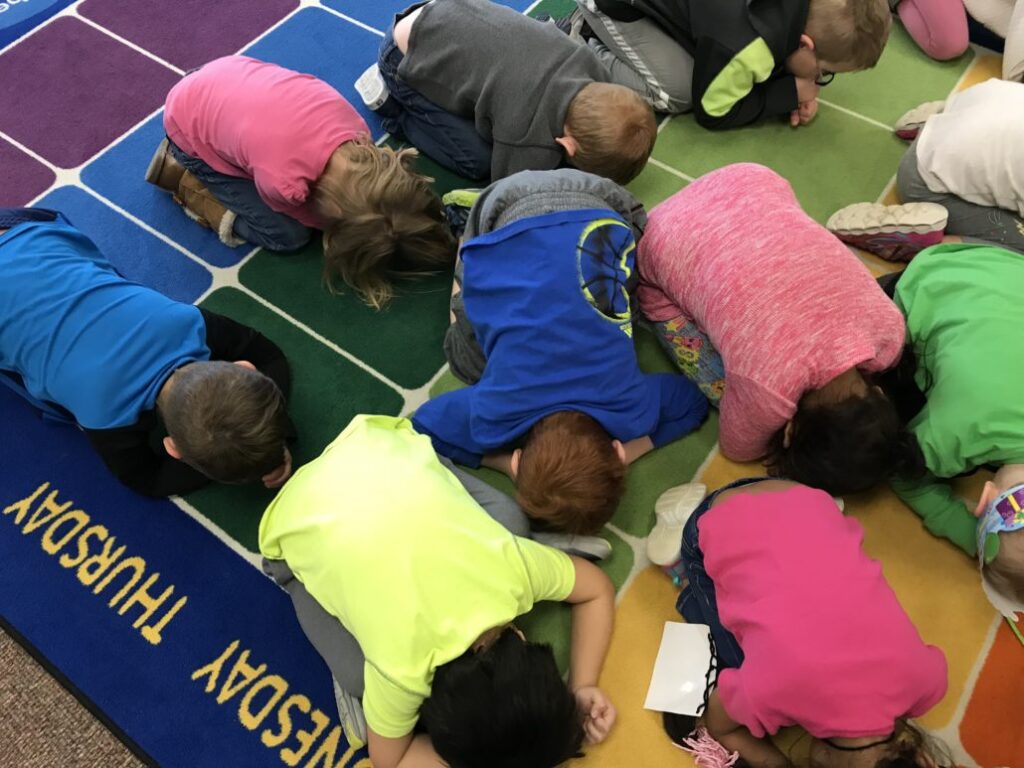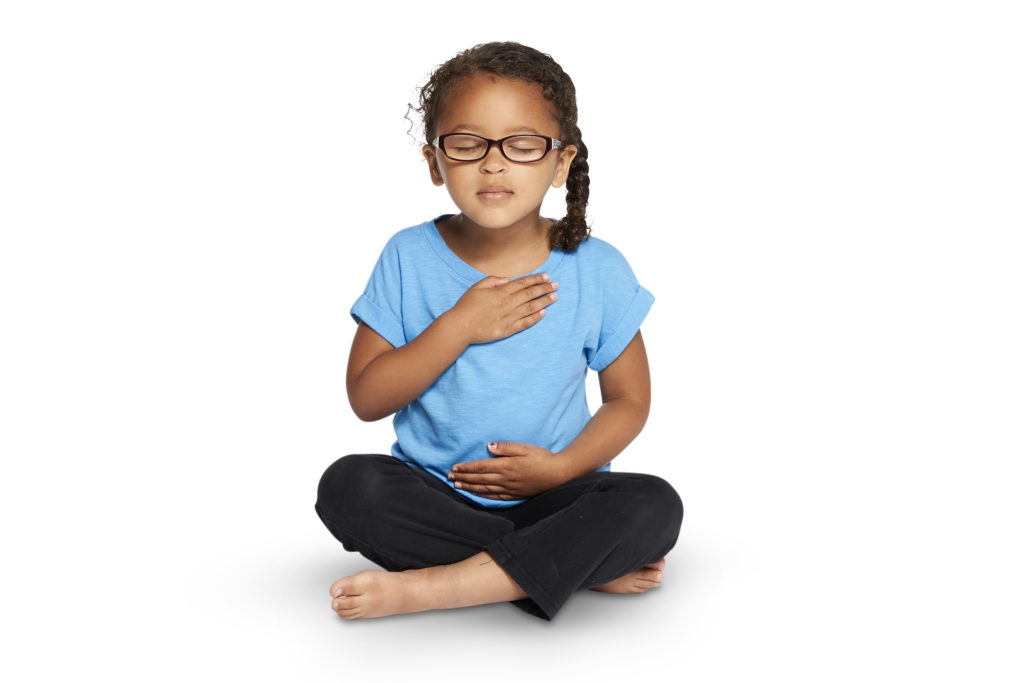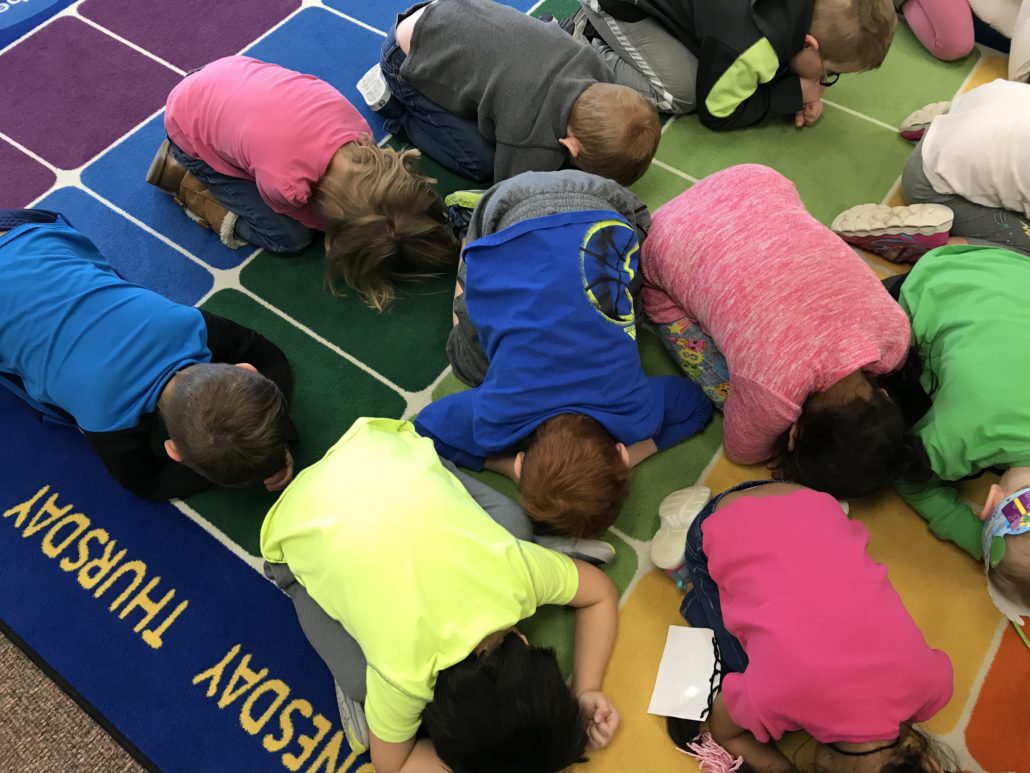“Teachers, please secure the door to your classroom.”
Lockdown Drills. The classroom teacher heads over to the light switch as they hear the announcement. Lights off. Blinds closed. With a finger over their lips they point to the corner of the room where all the students scurry and huddle together.
School safety is on everyone’s mind. From the Oval Office to the principal’s office, the topic unfortunately is trending. Lockdown drills are now commonplace in school safety protocols. But, what impact do these drills have on our children and on us? Let’s look at it from a scientific perspective.
We Cannot Reason With the Amygdala
We know it’s a drill. A drill means practice. We are just practicing in case a dangerous person comes into the school. There isn’t really someone posing a threat to our safety, it is just the building secretary checking to make sure the teacher locked the door.
However, when that door handle rattles, students and staff will undoubtedly react. Even though we know in our cognitive minds that lockdown drills are just practice, the amygdala, the part of the brain responsible for our survival, does not know. The protective part of the brain goes into action before our frontal lobe has a chance to explain the lack of threat. However much we prepare ourselves, we cannot reason with the amygdala.
Trauma Resides in the Nervous System
So what happens in that moment when the door handle shakes? The amygdala fires and sends out an SOS. In order to survive, our bodies go into flight, fight or freeze mode. Huddled together, holding our breath, we don’t have the option to fight or run, so we are left with freeze as the default response. Adrenaline, cortisol and norepinephrine are discharged into the nervous system.
“Freeze” can be Detrimental
Trauma professionals tell us that the freeze response has the most detrimental long-term impact on the nervous system. When the amygdala is activated, the body discharges an influx of survival hormones into the body. When escaping or fighting are not options (as in the case of lockdown drills), the nervous system is left with excess stress hormones. Repeated activation of the amygdala, without allowing for completion of the cycle, has adverse effects on the mind, body, and heart.
Bringing movemindfully into your Lockdown Drill
So, what can we do? Lockdown drills are our reality. The lights off, huddle and hide routine is now commonplace.
However, integrating three movemindfully strategies into your lockdown drill can mitigate some of the negative impact on our health and well-being.
Step 1: The Huddle
When students assume the huddle position, try Child’s. Placing the head below the heart and folding the spine forward can relax the mind and body. Child’s can create a feeling of safety for some of us.
However, if putting the head down and not being able to see what’s happening around us feels uncomfortable, try supporting the forehead in the hand. That way we can still see what’s happening around us while encouraging blood flow to the front of the brain.
Breathe slowly in Child’s to activate the relaxation response in the body. Practice Child’s during circle time or morning meetings. That way students can easily move into it during more stressful times like lockdown drills.

Step 2: Release Stress
Help students release built up stress after a lockdown drill. Run a lap around the school or take a quick recess break. If that is not possible, try shaking, jumping or tapping. Use any of these movements as a way to discharge stress still being held in the body.
Step 3: Re-Connect
Finally, return to a relaxed-alert state after the drill. Try 2-3 Forward Folds to reset to a calmer state. When we fold forward we are giving ourselves a break from visual stimuli and bringing fresh blood flow into the brain’s frontal lobe. To transition back to learning, regroup by breathing together with 5-10 Belly Breaths.

As long as lockdown drills are a reality for our schools, we can manage the stress response elicited in our bodies with simple movemindfully practices.
What have you tried during lockdown drills? Have you tried using Child’s? Leave a comment.


This is great. I can’t wait to share it with my Early Childhood Special Education teacher friends.
Thanks for sharing so many great ideas!
Thank you for sharing. Even though I am teaching virtually now, drills will be back for me next year. I will use this technique.